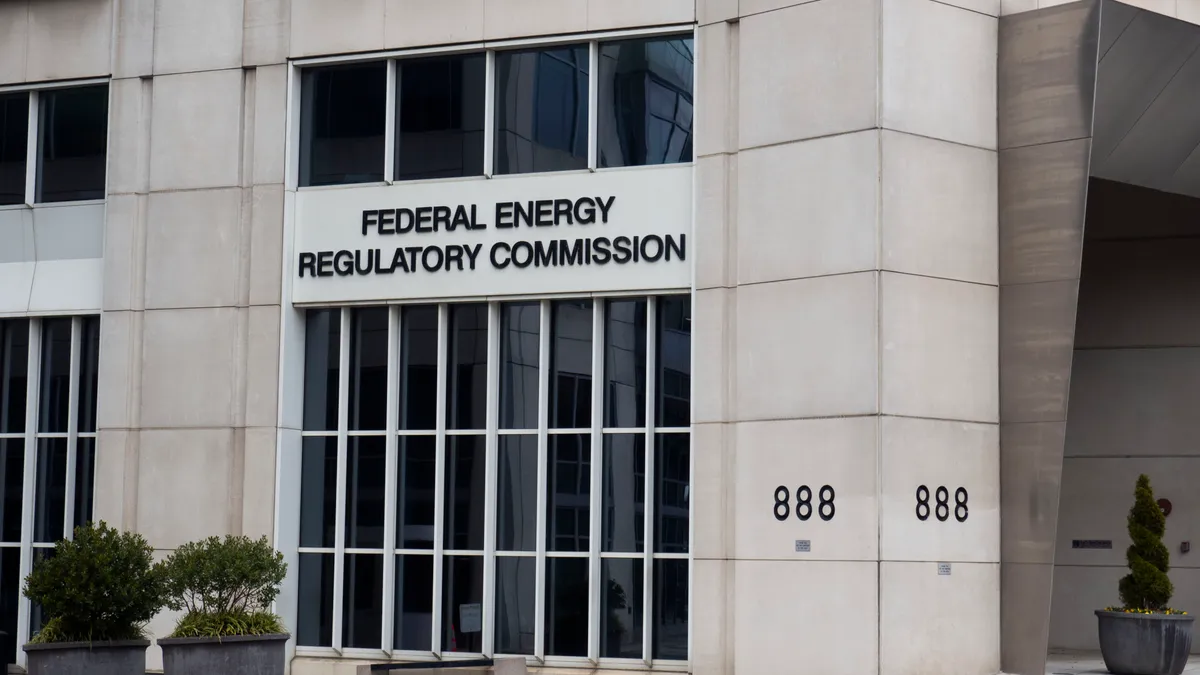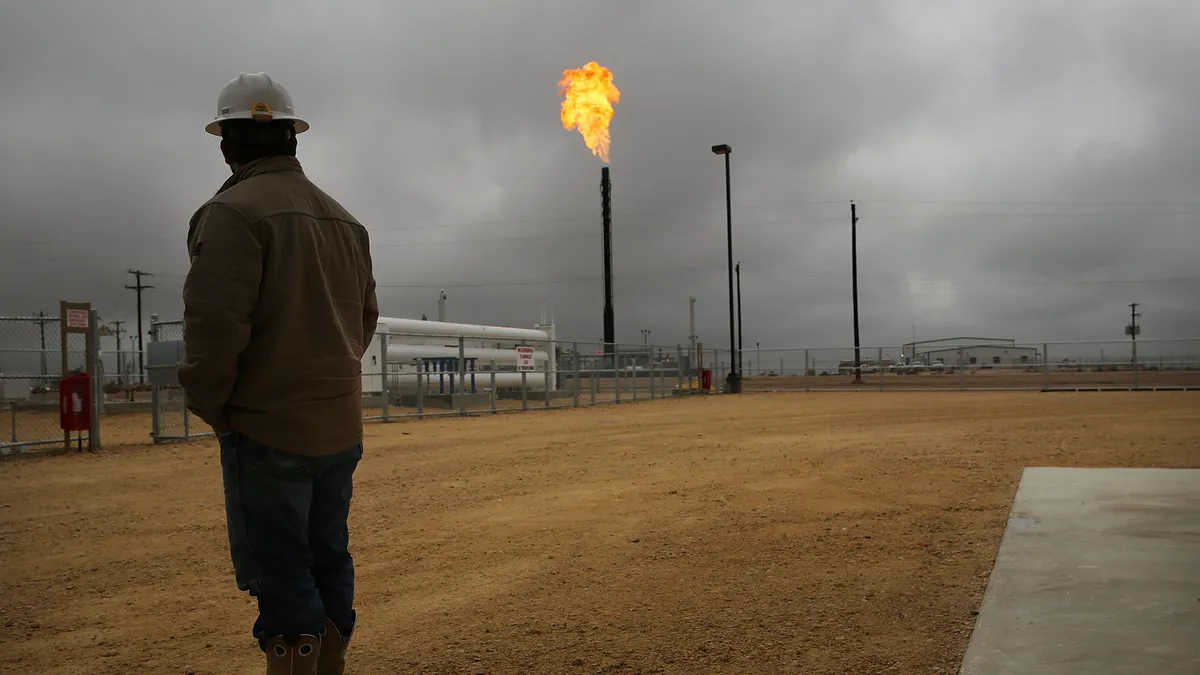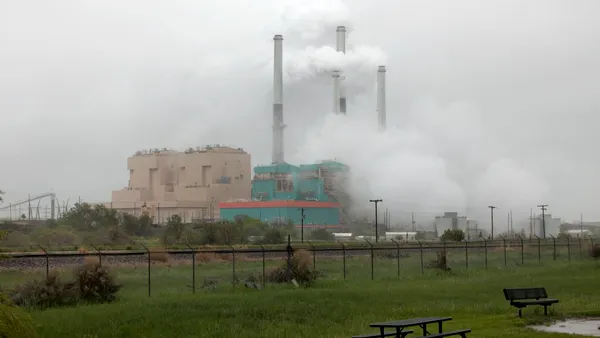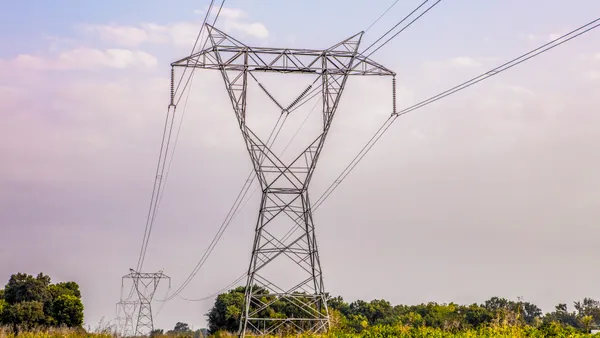Dive Brief:
- The nine Northeast and Mid-Atlantic states in the Regional Greenhouse Gas Initiative are urging the Environmental Protection Agency to use the regional cap-and-trade program as a model for lowering carbon emissions from existing power plants.
- In comments to EPA, RGGI contends that it is a cost effective, proven model for cutting carbon emissions. Carbon emissions have fallen by 40% since 2005 under RGGI, the states argue.
Dive Insight:
EPA's plans to issue draft regulations aimed at cutting carbon emissions from existing power plants is one of the most anticipated regulatory events for next year. States are urging EPA to give them flexibility in meeting any new standards. The RGGI states would like to see their model expanded, which could lower compliance costs. Also, the states want to see their actions count towards any future federal greenhouse gas regulations.
“RGGI demonstrates that market-based programs work and provides EPA with a scalable ‘plug-and-play’ model that can achieve significant emission reductions at a fraction of the cost of many other approaches,” said Collin O'Mara, secretary of the Delaware Department of Natural Resources and Environmental Control.












